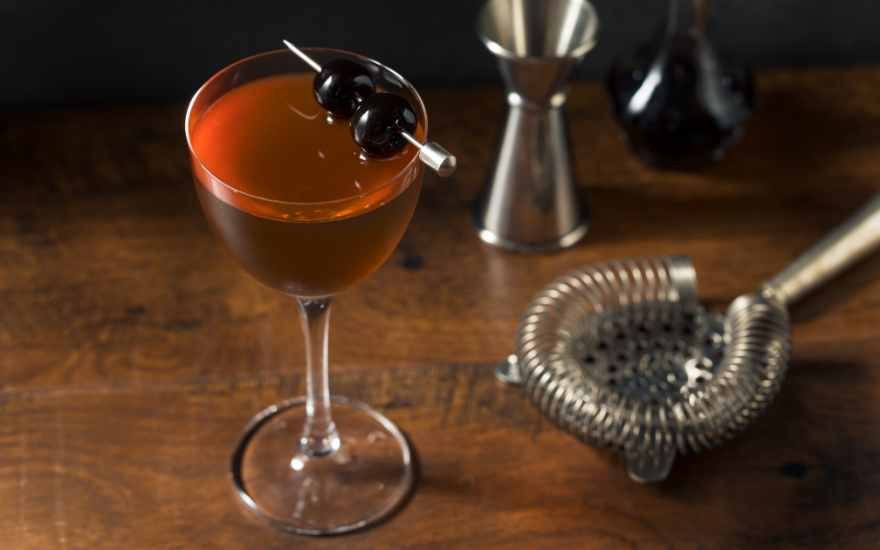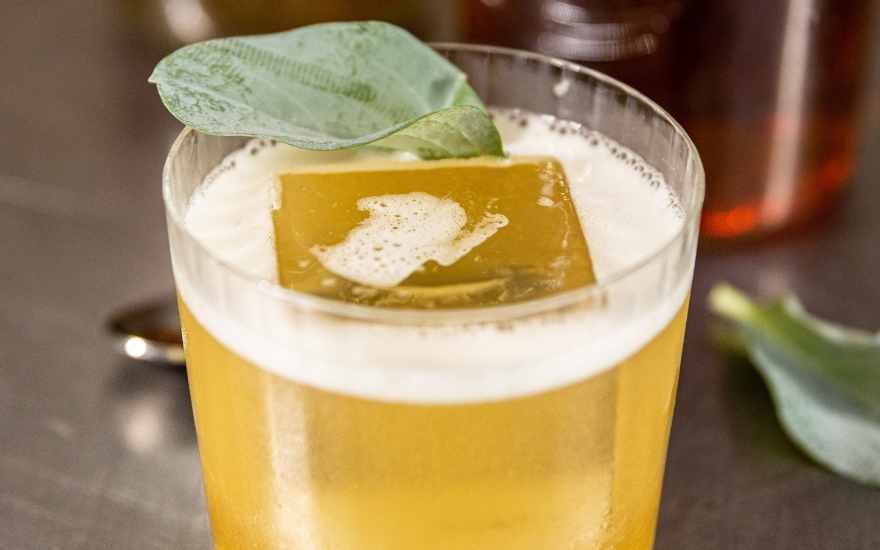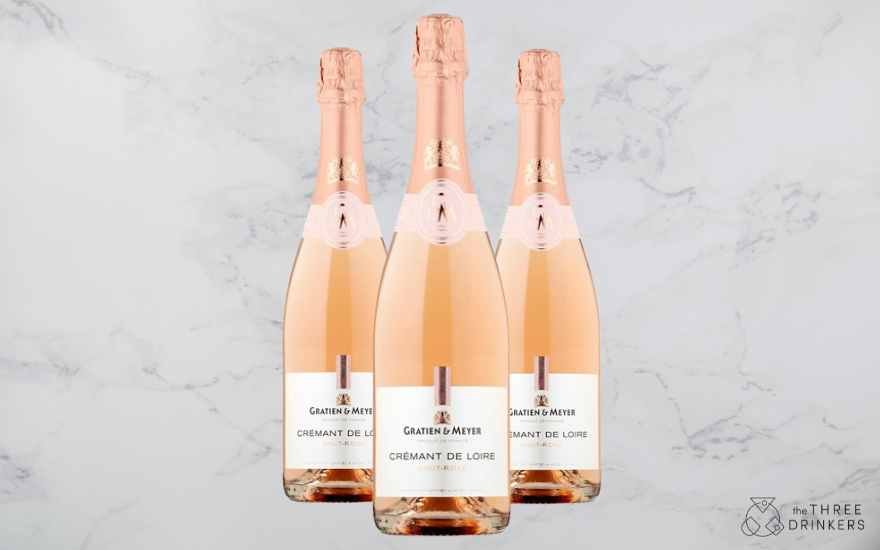Again, this is a very good question as a 2009 community regulation contains the requisites that all Crémant wines must adhere to and yet there are also regional differences. What is common to all Crémant wines is that there is secondary fermentation in the bottle (this is where the delightful bubbles are created due to carbon dioxide). The rules for Crémant also mean that the wines are aged in the bottle for at least 9 additional months, which is where that yeasty smell and taste may be apparent, as there is that contact with the lees (dead yeast cells) when the wine is stirred. Crémant must also be sold only 12 months after the bottling process. Furthermore, the other rules for Crémant are quite stringent; they must be manually harvested, the wine needs to come from specifically squeezed grapes, and there are restrictions on the amount of sulphur chemicals and the level of sugar content too! Let’s explore France some more to truly get to know Crémant!
Alsace
Within the Alsace region, vineyards are planted close to the local villages and it is therefore not surprising that the region is the largest producer of Crémant with around 32.9 million bottles sold per year! According to the Alsace regional tourism board, those sales fall second to that of Champagne in the sparkling wine production, which is a very impressive statistic! Crémant d’Alsace accounts for approximately 24% of Alsace’s wine production and there are regional stipulations governing Alsace’s Crémants, so let’s talk about those!
In 1976, Crémant d’Alsace received its AOC classification but the wine producers from Alsace employed the traditional method for their sparkling wines since the late 19th century! Some of the Alsace Crémants will involve a blend of grape varieties but others may be a single grape variety. But, Pinot Noir tends to be the main grape variety which provides that delicate taste. However, Riesling, Pinot Gris and Chardonnay may also be present and Pinot Noir is the only variety used for the rosé version. As another tip, you can access the online directory for the Alsace wine route when in France!
Bordeaux
Bordeaux may be renowned for its delicious red wines but it is also a producer of quality Crémant sparkling wines! However, it was only in 1990 that the Crémant de Bordeaux received its AOC ranking. Similar to the Alsace region, Bordeaux also uses the traditional method for its crémant production and what you can expect from these Crémants, as indicated by the Bordeaux regional tourism board, are fine bubbles and aromatic wines. Crémant only accounts for 1% of the wine production in Bordeaux, making it one of the smaller Crémant producers but these typically use the same Bordeaux grapes as their still wines. Therefore, the main grape varieties you will see in a Crémant de Bordeaux are Sémillion and Sauvignon. For the Rosé Crémants, these might have a blend of Cabernet and Merlot.
Bourgogne
It was in the early 19th century that Champagne knowledge, via the village Rully, was imported to Bourgogne (Burgundy in English). But, the AOC classification for Crémant de Bourgogne was only received in 1975! Again, this Crémant uses the traditional method (méthode champenoise) and with Crémant de Bourgogne you can also find a Blanc de Blanc and Blanc des Noirs as well as the usual white and red varieties. You can expect to find the grapes of Chardonnay and Pinot Noir within these Crémants. There are approximately 19.2 million bottles sold each year which amounts to 10% of the wine produced in the Bourgogne region! Plus, there is the further segregation within Crémants from Bourgogne with the ‘eminent’ Crémants, aged for at least 24 months and the ‘grand eminent’ Crémants aged for 36 months or more!
Die (the Rhône)
From the Drôme Valley vineyards comes the Crémant de Die with its special location between the Alps and Provence. The vineyards therefore occupy some of France’s highest altitudes at nearly 700 metres! Die is approximately two hours away from Lyon in the south east of France and is one of the smallest Crémant producers. The appellation was received in 1993 and approximately 700,000 bottles of Crémant de Die are sold each year. The grape varieties typically used are Clairette, Aligoté and Muscat which create that green fruits aroma. Crémant de Die could also be combined with chestnut liqueur for a Kir which sounds like a very tempting cocktail to us!
Jura
Whilst this sparkling wine production dates back to the late 18th century, the AOC classification was only received in 1995! This appellation region is also connected with the Côtes du Jura, Arbois, Château-Chalon and L’Étoile. Crémant du Jura differs from some of the other appellations as there are five authorised grape varieties! These are Poulsard, Pinot Noir, Trousseau, Chardonnay and Savagnin. For white Crémants du Jura, there must be at least 70% of Chardonnay, Pinot Noir and Trousseau. At least 50% of Pinot Noir, Poulsard and Trousseau must be utilised for the Rosé and the grapes are hand harvested too! There are approximately 1.7 million bottles sold per year which accounts for around 16% of the total Jura AOC production. A fun fact is that there is also a specific Crémant du Jura flute glass specially designed to get the best out of your Crémant du Jura!
Limoux
Situated in the south of France and in the middle of the Languedoc, Crémant de Limoux was first mentioned in a document dating back to 1544 starting with the ancestral method of production. However, the AOC label was only granted to Crémant de Limoux in 1990, but it’s just one of five AOC classifications in the region. The AOC Crémant de Limoux typically consists of two main grape varieties being Chardonnay and Chenin with at least 90% of these varieties having to be used. Additionally, the other varieties Mauzac and Pinot Noir would use 40% maximum of the variety, of which 20% must be Mauzac. Like we said, it can be strict and precise! The grapes will be hand picked and the Crémants produced by the traditional method. The Crémants de Limoux are typically Brut with a floral aroma and the region sells approximately 5.8 million bottles per year. What is also exciting, as mentioned by the Limoux regional tourism board, is that the 33rd edition of the National Crémant Competition will take place in Limoux in April 2024 - keep an eye out for the winners!
Loire
The production area of Crémant de Loire covers the villages of Drain to Cheverny and therefore includes AOC classified regions such as Anjou and Saumur. Crémant de Loire received its appellation in 1975 and its northern location means that there is a diversity of climates impacting the grapes production. The main grape varieties used are Chenin and Cabernet Franc, but there may be blends using Chardonnay, Pinot Noir, Grolleau Noir, Grolleau Gris and Orbois to add more flavour! The Crémants de Loire will therefore typically be quite fresh and subtle on the nose and approximately 17 million bottles are sold each year.
Savoie
In the steep valleys of the Alps, the Crémant de Savoie is the newest region to receive its appellation, which was only granted in 2015! The AOC Crémants de Savoie use a multitude of grape varieties but there are restrictions, as usual, for production! The main grape varieties used are the Savoyard Jacquère and Altesse grapes of which 60% must be used - the other 40% being from the Jacquère grapes. Other grape varieties include Chasselas, Chardonnay, Pinot Noir and Gamay for the other 40% but there must be a maximum 20% of grape varieties used. You should therefore expect fresh and citrus aromas from the Crémants de Savoie given the cool climate and there are approximately 350,000 bottles sold each year. It would therefore be ideal to combine your skiing with wine tasting in the Savoie region!
Which crémants should I try?
Now that you are armed with all of this Crémant knowledge about the appellations, here are some bottles of Crémant that we think you will love!
Gratien & Meyer Crémant de Loire Rosé








































































